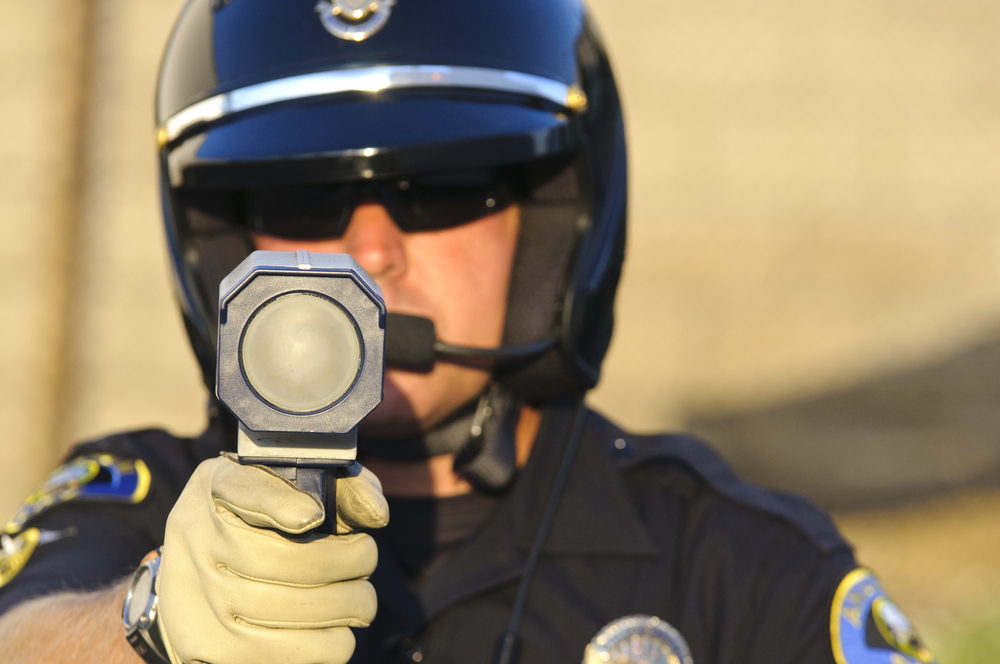We have seen several “judicial notice” speeding cases recently in the Ohio Courts of Appeals. Most recently, the Fifth District Court of Appeals overturned a speeding conviction based on faulty judicial notice by the trial court.
If the state fails to prove the scientific reliability of a specific radar or laser device and the court fails to take proper judicial notice of that device’s reliability, there may be no evidence of speeding and the case thrown out (as here).

DEFENDANT APPEALS SPEEDING CONVICTION
The defendant was cited over the 55 mph speed limit. His speed was detected using the Python II radar speed-detecting device. He was found guilty at trial and appealed the conviction.
He was cited for speeding under R.C. 4511.21(D)(1), which states:
(D) No person shall operate a motor vehicle, * * * upon a street or highway as follows:
(1) At a speed exceeding fifty-five miles per hour, except upon a two-lane state route as provided in [certain listed divisions]
R.C. 4511.091(C) further provides that:
(C)(1) No person shall be arrested, charged, or convicted of a violation of any provision of divisions (B) to (O) of section 4511.21 or section 4511.211 of the Revised Code or a substantially similar municipal ordinance based on a peace officer’s unaided visual estimation of the speed of a motor vehicle, trackless trolley, or streetcar.
This doesn’t preclude use of a “stopwatch, radar, laser, or other electrical, mechanical, or digital device to determine the speed of a motor vehicle,” nor does it apply to any other code other than R.C. 4511.21(B) through (O), R.C. 4511.211, and any substantially similar municipal ordinance.
JUDICIAL NOTICE OF LASER OR RADAR SPEED DETECTION DEVICE
We have discussed the concept of judicial notice in the context of speeding charges in previous posts.
Under the Ohio Evidence Rules, the court can take judicial notice of a fact if it is either:
“(1) generally known within the territorial jurisdiction of the trial court or
(2) capable of accurate and ready determination by resort to sources whose accuracy cannot reasonably be questioned.”
For a speed measuring device, scientific reliability is established by:
“(1) a reported municipal court decision,
(2) a reported or unreported case from the appellate court, or
(3) the previous consideration of expert testimony about a specific device where the trial court notes it on the record.”
State v. Yaun, 3rd Dist. Logan No. 8-07-22, 2008-Ohio-1902, ¶ 12.
SPEEDING CONVICTION OVERTURNED
In this case, defense counsel objected during the testimony of the ticketing officer on the grounds that expert testimony as to the scientific reliability and accuracy of the device was lacking.
The trial court overruled the objection, finding it had taken judicial notice of a previous municipal court case. However, the trial court failed to cite to this previous case, either on the record or in its judgment entry.
Further, the court of appeals couldn’t find any case from the Fifth District concerning the scientific reliability of the Python II device.
As a result, all evidence stemming from the Python II device must be excluded from evidence. Without that evidence, there was no evidence of speeding. The officer’s visual estimation is alone not enough.
Therefore, the speeding conviction was overturned and dismissed.
The full text of the opinion can be found at State v. Carnes, 2015-Ohio-1633.


